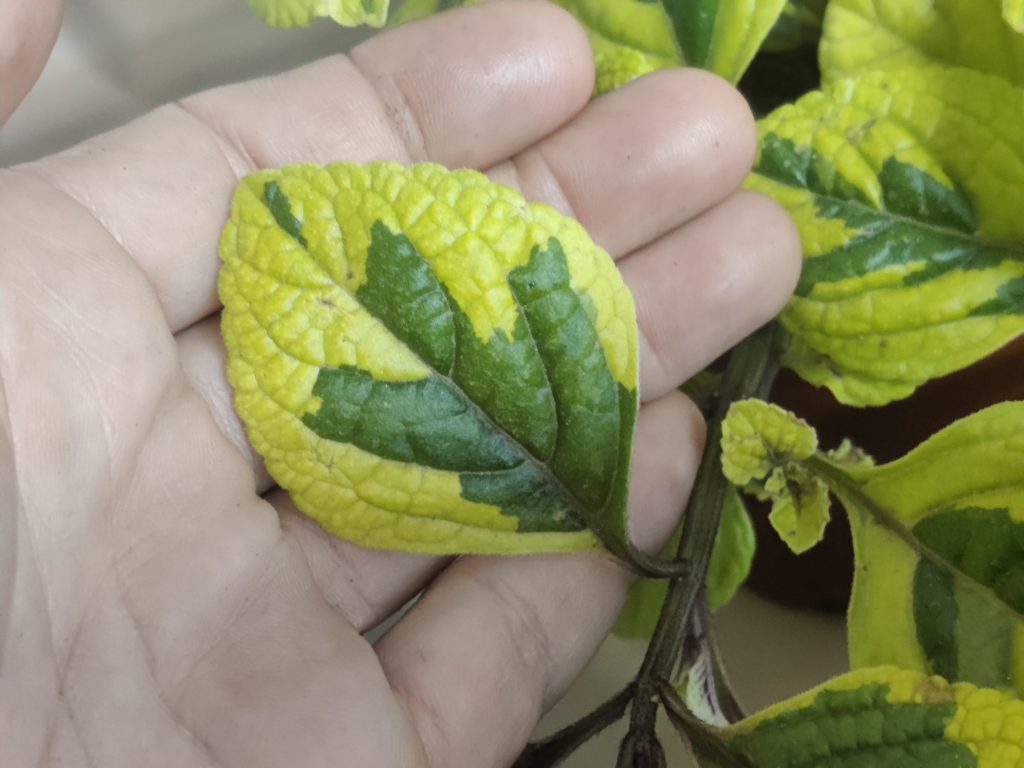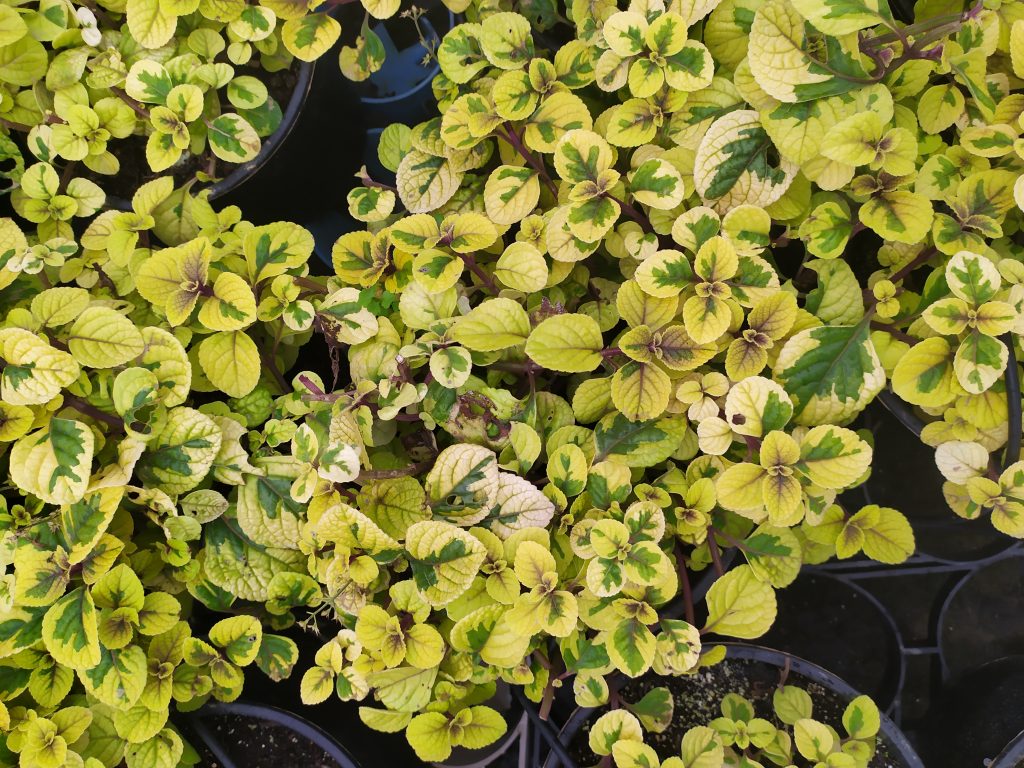









!?Summer Tip – Do citrus trees have crowns
The spring and summer months are the preferred season for planting and growing citrus.
The dwarf varieties such as kumquat, limequat and calamondin can be grown in large pots for many years. The rest of the citrus – lemon, orange, tangerine, grapefruit, etc. prefer to be planted in the garden in good soil enriched with compost.
This time we will focus on a problem that is almost unknown to the general public – susceptibility to root-crown rot. This is the area of connection between the trunk and the root (also called root-neck, and root-collar) and many trees, especially citrus trees, are very sensitive to problems in this area. Damage to this area can cause rot and pest penetration to the root and trunk and eventually even to the death of the entire tree.
The danger is especially common when constant conditions of heat and moisture are created at the root crown.
:Therefore, it is worth observing the following rules
- When planting, be careful not to plant too deeply and do not bury the root-crown. You can even raise this area by 1-3 cm above the ground.
- Immediately after planting, it is recommended to water the trees frequently, but in heavy mountain soil, you can usually water once every two to three days right from the start. This way, the surface will dry out, but moisture will remain deep in the soil.
- It is highly recommended to water by drip, and then do not attach the drip pipe to the trunk, but keep it at least 20-30 cm away from the trunk, taking into account the size of the root ball of young trees.
- Do not mulch the ground right next to the trunk and do not get close to the trunk with layers of synthetic grass.
- It is not recommended to plant citrus trees in lawns, and you should also be careful when planting next to lawns that are watered with sprinklers
- When growing dwarf citrus in pots, it is essential to ensure a well-drained substrate and add drainage holes to the container. This way, you can water even daily without worry
Follow these rules, water properly and fertilize often from time to time and you will have a healthy, thriving tree with plenty of fruit for many years to come.
Want to read more about citrus: click here
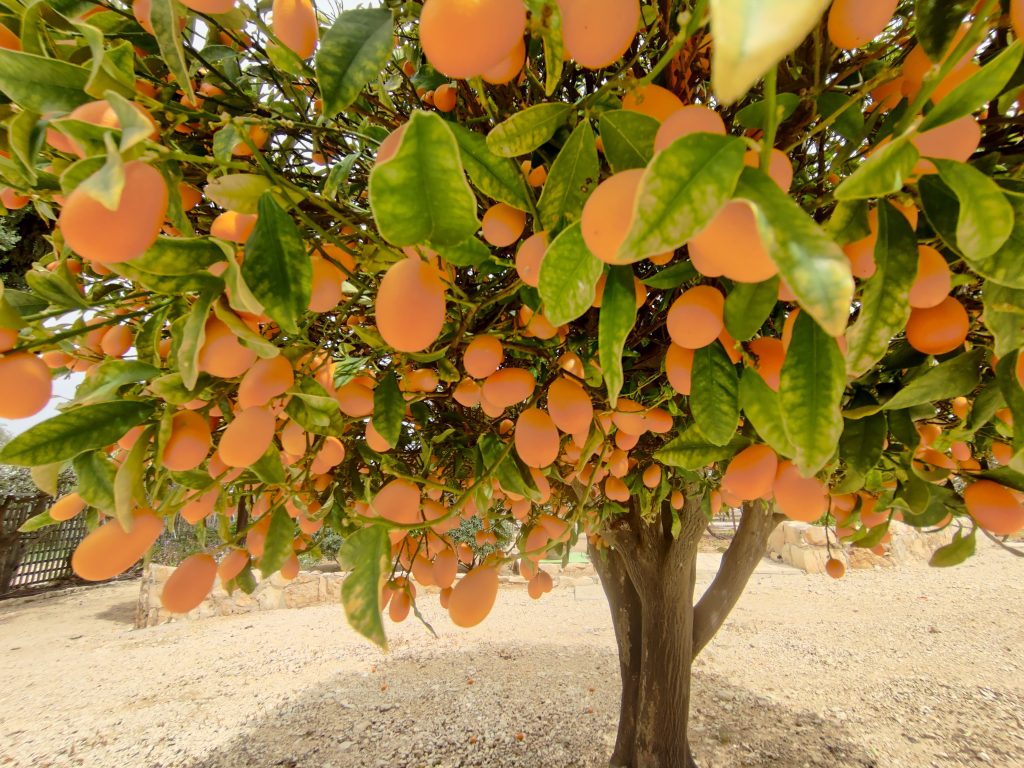
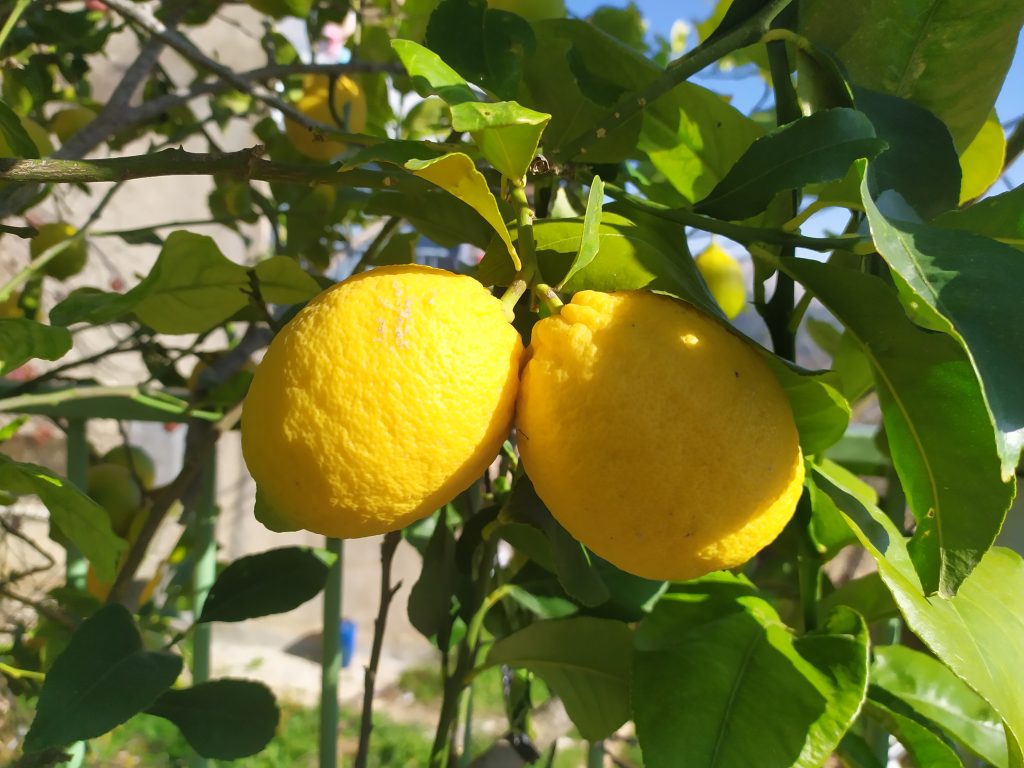

Alyogine huegelii – Lilac Hibiscus
One of the most impressive spring sights is a large bush of Alyogine huegelii in full bloom, covered with dozens of huge lilac-blue flowers.
?!So why isn't such a handsome flowering shrub more common in gardening
It turns out that Alyogine has several problems (we have solutions later in the article):
- In the warm and humid regions of the country, it is attacked by aphids in the spring and becomes unsightly without treatment.
- It is not easy to choose a place for it in the garden due to its large, open structure.
- With normal care, it tends to be short-lived and survives only 3-4 years in the garden, even in areas with a dry climate.
Indeed, we have found that planting it in excellent drainage conditions and reducing irrigation greatly extend its lifespan by up to 10 years or more! Planting it near other large plants in root competition that reduces water availability actually also helps it to liv… keep reading
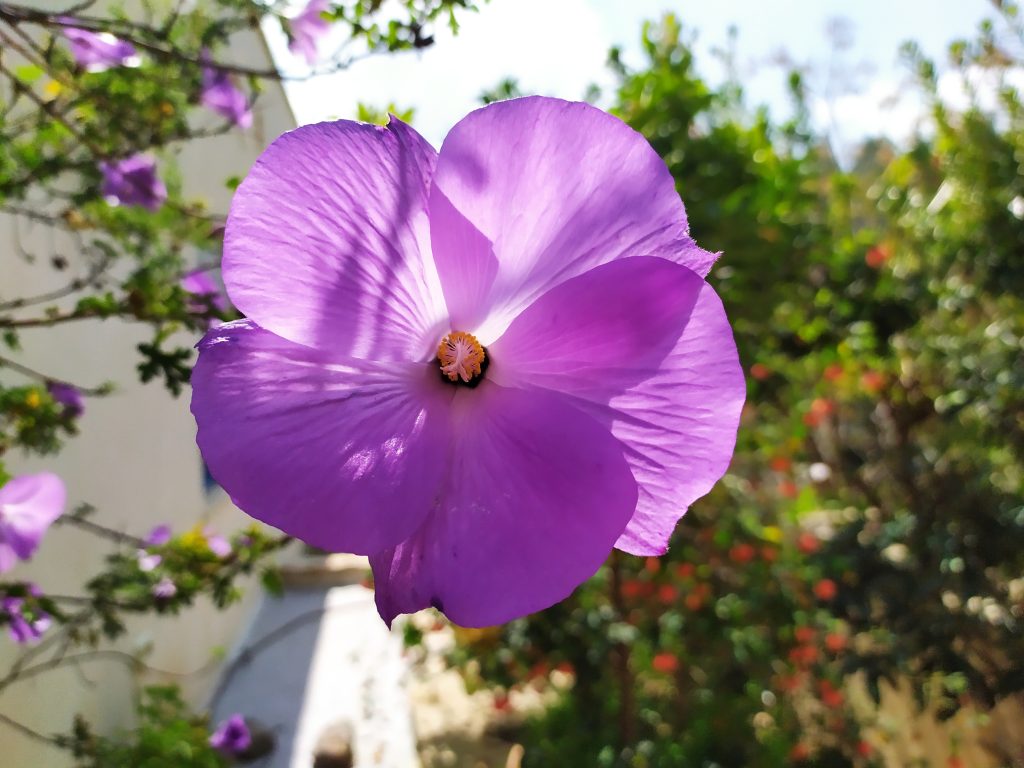
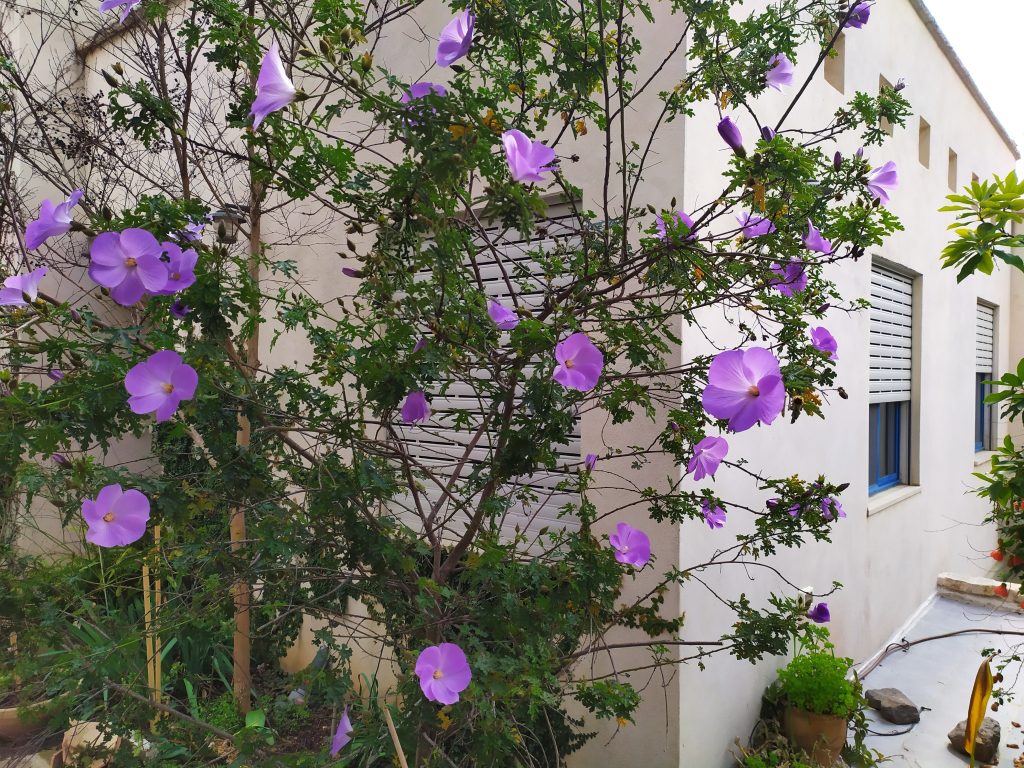

Plectranthus ciliatus
Plectranthus ciliatus is a sprawling plant that grows wild in the rainforests of the subtropical climate in South Africa.
Like many of the plants that creep along the ground in such forests, it has large, rough, dark leaves, the underside of which is crimson-purple, and it loves shade, water…keep reading
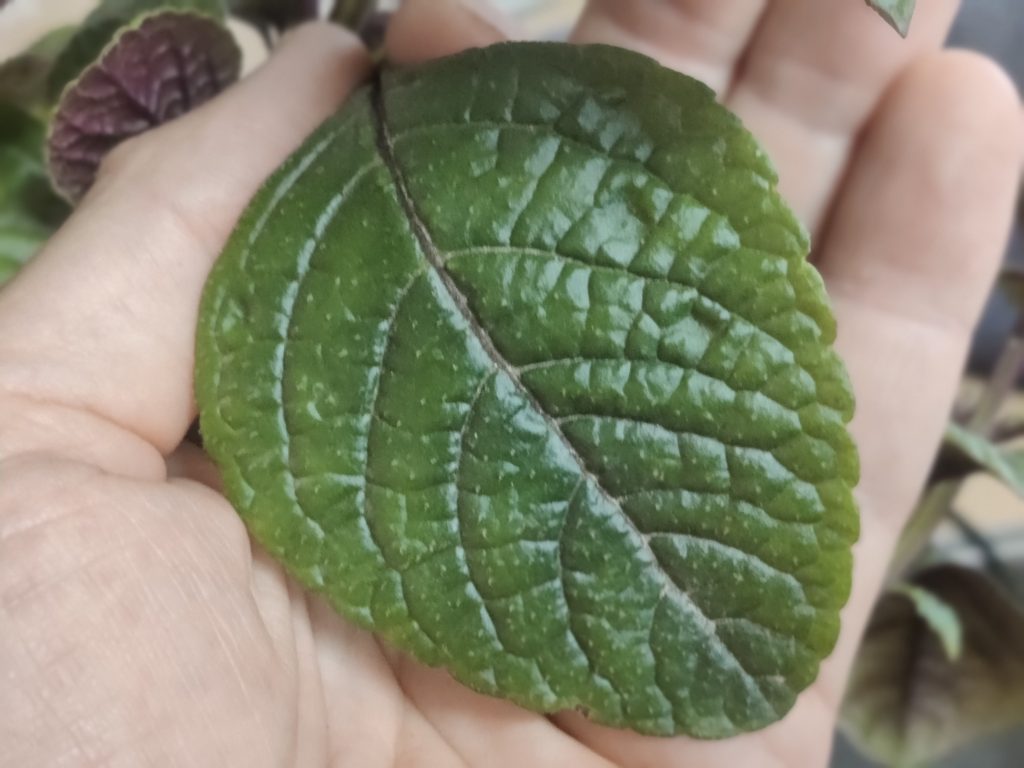
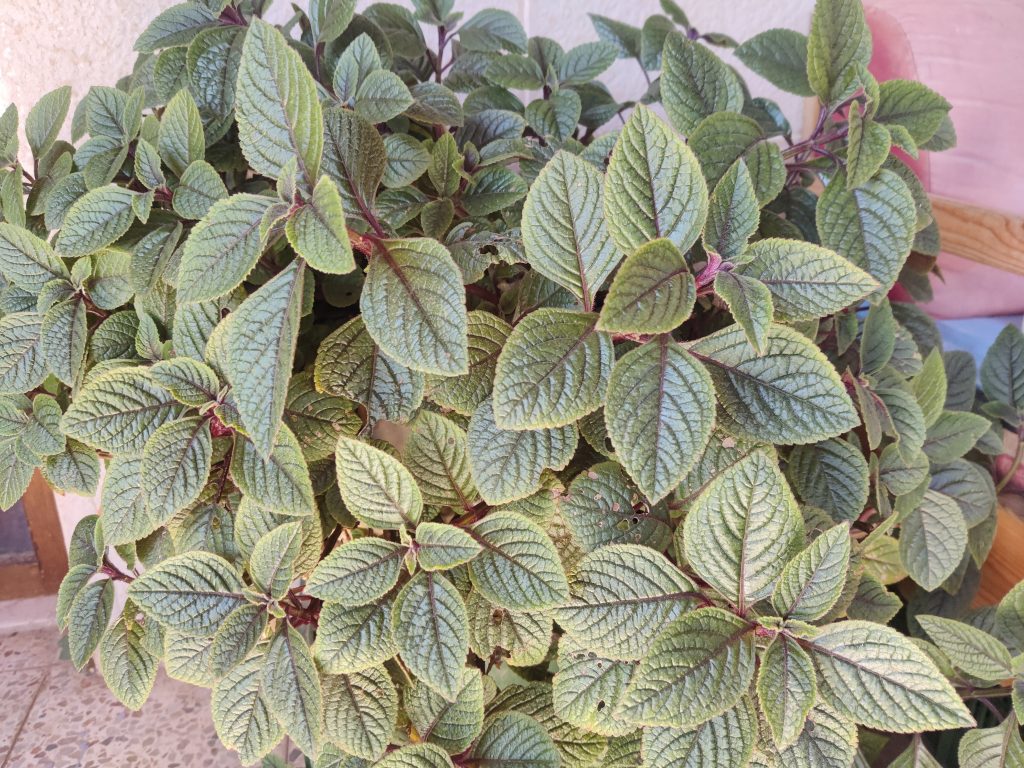
'Plectranthus ciliatus 'Troy's Gold
'Troy's Gold' is a beautifull variegated garden cultivar of Plectranthus ciliatus. The dark green leaves of the species have become golden-yellow, with only a greenish pattern in the cente…keep reading
